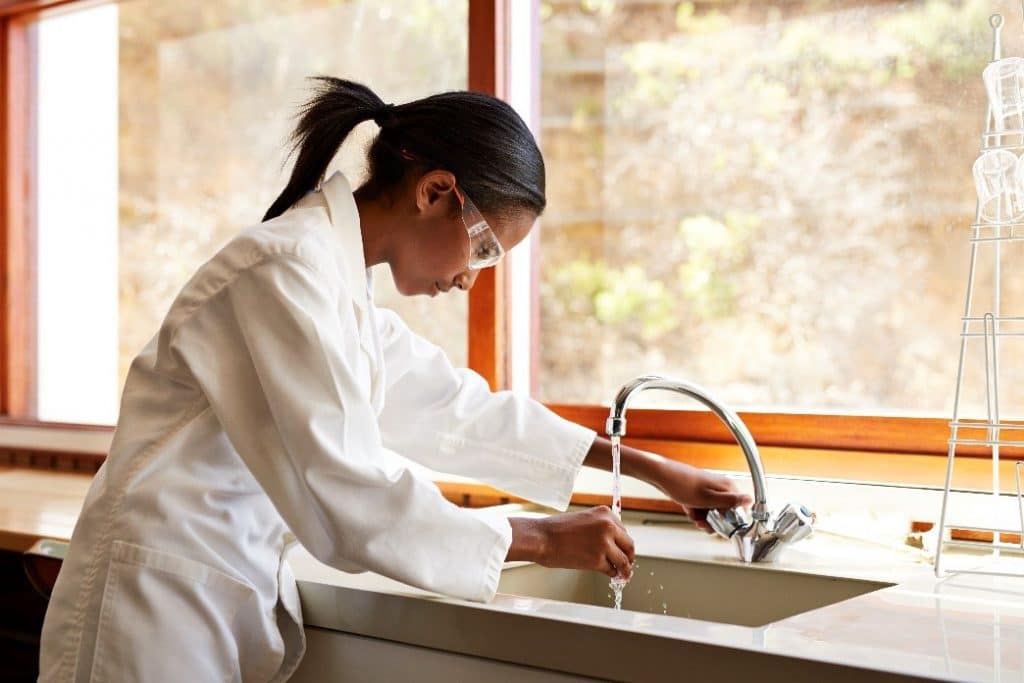Since water is essential for everyday living, keeping track of its quality is important. But, having clear water doesn’t mean it’s 100% free of contaminants. There’s no way of being sure that your water is clean just by looking at it. Water testing lets you spot microorganisms and potentially harmful substances that may be hiding in your water supply.
Today, testing out your water supply is easy. You can purchase your very own home water testing kit or have it tested in a lab. But be aware that although DIY kits are easy to use, they may not be as accurate as a lab test. Whichever method you choose, the testing process will be similar. Here’s a brief rundown on what to do:
Collect Your Water Sample
The first step is pretty much straightforward. Simply bottle up a sample of water from your home. The source from where you got the specimen will have an impact on the water’s result. If you retrieve it from your faucet, the results will show you the quality of your water source and plumbing.
It’s best to run your water for 30 to 60 seconds when collecting a sample to ensure that you get water from the source, not your pipes. Make sure you’re using a clean bottle so the water quality won’t be compromised. Do not rinse or touch the inside of your chosen container, and try to avoid sticking your fingers in the lid.
Send the Sample to the Laboratory
After collecting enough samples, you need to send them to the lab immediately, along with the other documents required by the laboratory. If you need to wait before going to the lab for testing, have your samples stored in the refrigerator. Most tests would last a few days or weeks before you get the results.
There is a wide range of tests that can be done for your water to make sure that it’s good quality. Here are some examples:
- Bacteria Tests – There are a lot of bacteria that can cause serious health issues. E. coli is one of the most common bacteria found in water.
- pH Tests – pH is the measurement of hydrogen ions in the water. The more hydrogen ions in the water, the more acidic it gets. This can affect the taste of the water and can also cause health issues.
- Mineral Tests – Dissolved minerals like calcium, magnesium, fluoride, and others can remain in your water. Some of these can have positive health benefits and affect the taste and smell of the water as well.
By knowing what’s inside your water, you can guarantee you’re not accidentally taking in contaminants. If you want to test your water, you can try our on-site water testing for free here at Adams Water Conditioning. We are a full-service, family-owned-and-operated business in Ocala, Florida.


